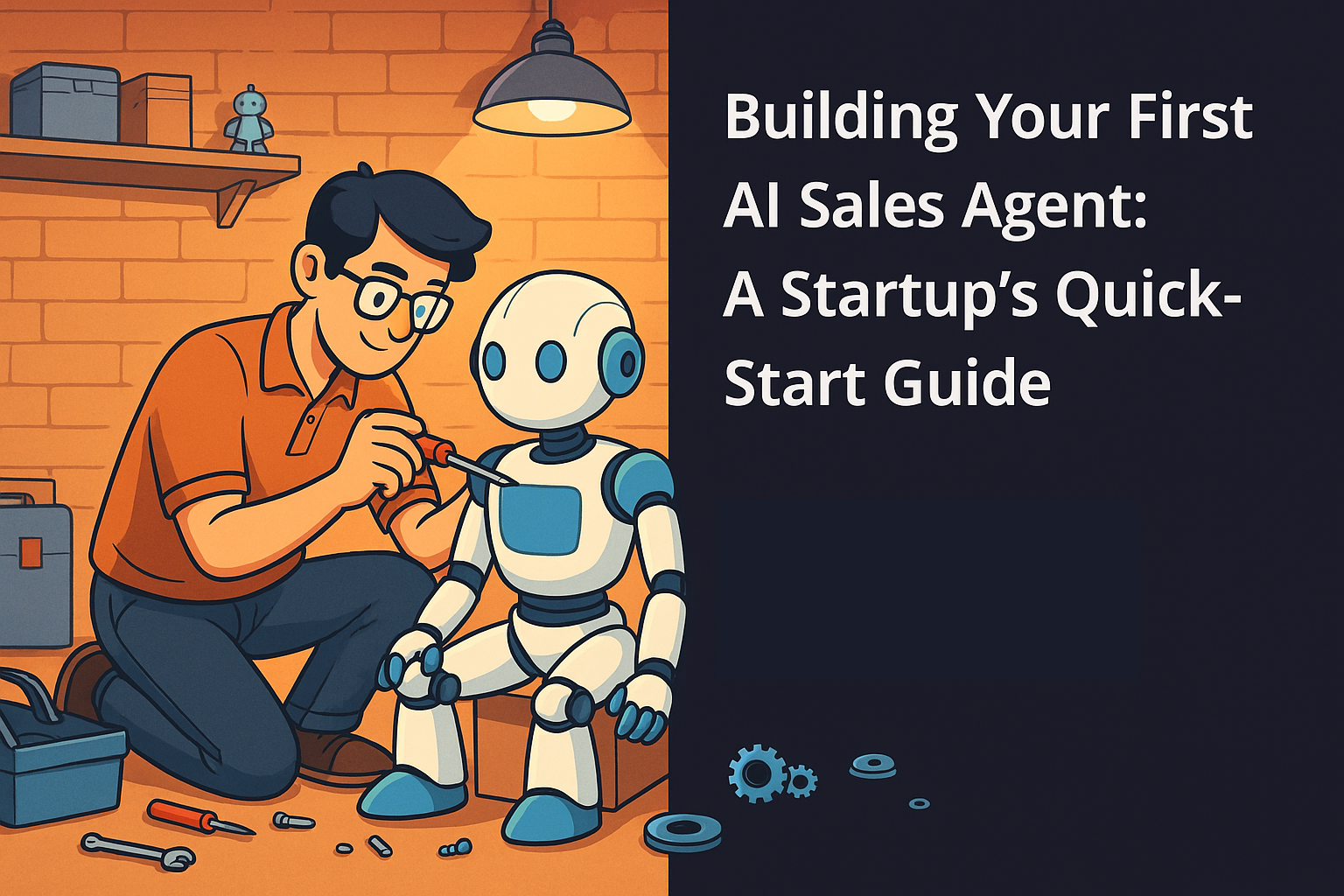Effective communication is an important skill to learn, not only in digital marketing, but business and life in general. Specifically in the digital business world, professionals struggle with sending a follow-up email when they receive no response. No matter the occasion or goal of the email, knowing how to properly write a follow-up email with no response can have a significant impact on your success. In this post, we will guide you through the process of writing effective follow-up emails with no response.
Follow-Up Emails are Important
Follow-up emails are important for maintaining communication and making sure that you message isn’t getting lost in the inbox of the recipient. No response to your email does not always mean that the recipient is disinterested. It can also mean that your email may have been lost in their inbox or forgotten. Sending a follow-up email can remind the recipient of your initial message and show your commitment to the conversation. However, knowing the steps for an appropriate follow-up email when there is no response is important and can be challenging at times.
Crafting an Effective Follow-Up Email
It is important to be concise, polite, and to the point, when writing a follow-up email after no response. You should begin by referencing the initial email you sent, as well as providing a brief summary of its content. This step will help jog the memory of the recipient and will set the context of your follow-up email after no response. Below is a template to get started:
Subject: Following Up on [Topic/Request]
Hi [Recipient’s Name],
I hope this email finds you well. I’m writing to follow up on the email I sent on [date] regarding [brief description of your initial email’s content]. I understand that you may have a busy schedule, but I wanted to ensure that my message didn't get lost in your inbox.
[Include any additional relevant information or questions]
Thank you for your time and consideration. I look forward to your response.
Best regards,
[Your Name]
Timing of the Follow-Up Email After No Response
The timing of your follow-up email is crucial. Sending it too soon can come off as pushy, while waiting too long might make it seem like you've forgotten. A general rule of thumb is to wait about a week before sending your first follow-up email. If there’s still no response, consider sending a second follow-up a week or two later. Remember, persistence is key, but so is patience.
The timing of any email is crucial, but especially when it comes to the follow-up email after no response. Sending a follow-up email too soon can make you look pushy to the recipient, and waiting too long can make it seem like you have forgotten. A good rule to follow is waiting a week before sending a follow-up email after no response. If there is no response after sending the follow-up, consider sending a second follow-up email a week or two later. Persistence is key, but so is patience.
Personalization of Your Follow-Up Email
Personalization can be a powerful tool when crafting any email, especially a follow-up email after no response. You can mention specific details from your previous interaction to show that you value the relationship and are genuinely interested in a response from them. An example includes, if you are following up for a job application, you may mention a recent achievement that the company had or a specific project that excites you. Personalization makes your email stand out and increases the likelihood of a response.
Add Value in Your Follow-Up Email
A good way to elicit a response is adding value to your follow-up email after no response. This can come in multiple forms, such as additional information, insights, or resources related to your initial email. By offering something of value, you are demonstrating your expertise and showing that you are not just seeking a response but are also providing relevant information to the conversation. An example of this could be if you are following up on a proposal, you could include a case study that supports your pitch.
Handling Multiple Follow-Ups
One potential outcome of follow-up emails is sending multiple and still receiving no response. If this is the case, it may be time to reconsider your approach. You can analyze the content of your previous emails, ensuring that they are clear, concise, and engage the audience. Another solution can be reaching out through a different medium of communication. Consider a phone call or social media message. Sometimes a variation in your approach can make all the difference.
When to Move On From the Follow-Up
Even with your best efforts, sometimes there will be a time when you have to accept that no response means no interests. Knowing when it is time to move on is important in your follow-up efforts. If you have sent several follow-up emails and still have received no response, you should probably begin to focus your efforts elsewhere. However, you can do so while also leaving the door open for further communication. You can write a kind sign-off that indicates you are available for future opportunities, keeping the relationship amicable.
Subject: Closing the Loop on [Topic/Request]
Hi [Recipient’s Name],
I wanted to follow up one last time regarding my email on [date] about [brief description of your initial email’s content]. I understand you may be busy, and I don’t want to be a bother.
If you have any questions or need further information, please don’t hesitate to reach out. Otherwise, I appreciate your time and consideration.
Best regards,
[Your Name]
Utilizing Tools and Technology
There are many different tools and tech that you can use to help with your follow-up emails after no response. Tracking softwares for emails can notify you if your email has been opened by the recipient. You can also use a CRM (Customer Relationship Management) system to accurately keep track of your communication efforts and ensure that you don’t miss any communications.
Follow-Up Email Etiquette
Be sure to adhere to proper email etiquette when following-up after no response. This includes using a professional tone and being respectful in regards to the recipient’s time and efforts. Make sure that you are always proofreading you emails before sending them. Well-written emails show that the conversation is important to you.
The Psychological Aspect of Follow-Up Emails
Understanding the psychology behind follow-up emails can also be beneficial. People are more likely to respond to emails that convey a sense of urgency or importance. Phrasing your follow-up in a way that highlights the benefits of responding can encourage the recipient to take action. However, be careful not to overdo it, as this can come off as manipulative or insincere.
Continuous Improvement
Finally, continuously improving your follow-up email strategy is key to long-term success. Collect feedback from colleagues, mentors, or even recipients when possible. Analyzing your response rates and identifying patterns can help you refine your approach. Remember, every follow-up email you send is an opportunity to learn and grow.
Remember
Mastering the art of the follow-up email, especially when faced with no response, is a valuable skill in any professional setting. By being persistent yet patient, personalizing your messages, adding value, and knowing when to move on, you can increase your chances of getting the responses you need. Utilize tools and technology to streamline the process, adhere to email etiquette, and continuously seek improvement. With these strategies, you’ll be well on your way to effective and successful communication.


.jpg)


.svg)